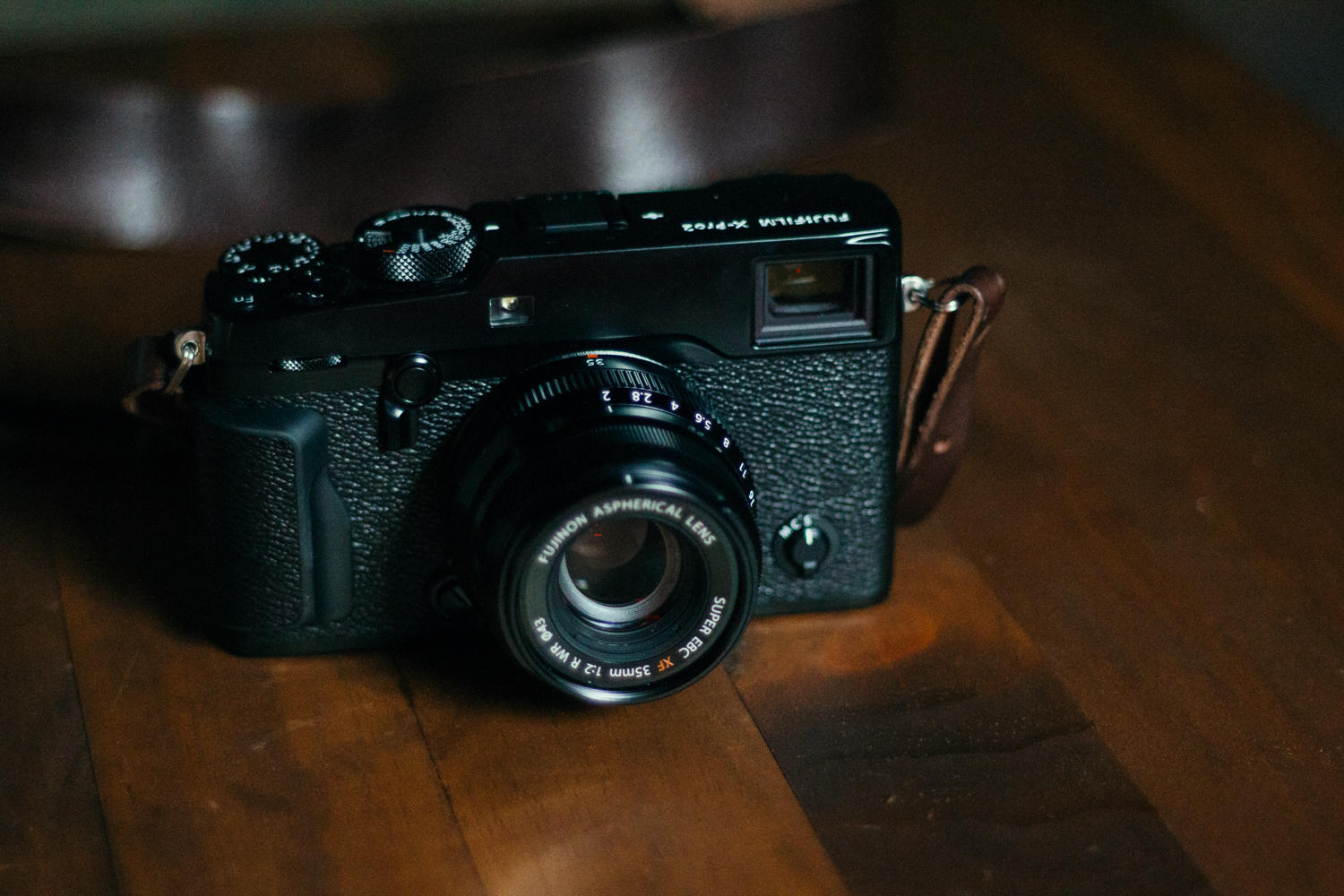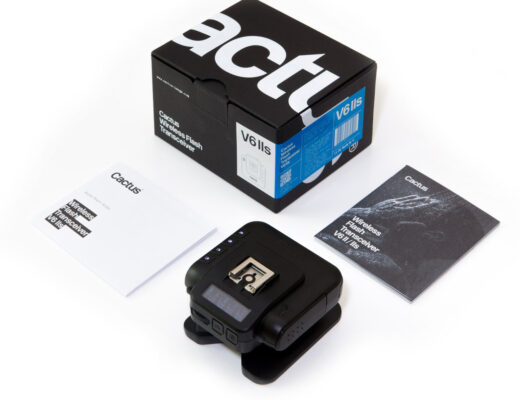Fujifilm’s X-Pro2 is a fairly unique equation in the photography world, blending old with new in more than just its style. Sporting both an optical viewfinder and an electronic viewfinder, the X-Pro2 offers a unique experience in the mirrorless world (Leica’s aside). But which viewfinder offers the better usability and functionality? Which viewfinder, OVF or EVF, rules the X-Pro2?
The Case For The OVF
Unlike an OVF that you may be used to on your DSLR, the OVF on the X-Pro2 resembles that of an old rangefinder camera. This means that you are not looking through the lens, but instead through a fixed lens in the viewfinder itself, giving you a sometimes odd perspective on the world in front of you.
When you pick up the X-Pro2 for the first time, assuming you have not used a rangefinder before, one of the first things you will notice is when looking through the OVF you can see your lens (in most cases). For shorter lenses this isn’t an issue other than being something you are not used to, but with longer lenses (like the 50-140mm for example) it can get in the way of being able to see the whole scene.
Speaking of being able to see the scene, this is exactly one of the biggest advantages of the X-Pro2’s OVF. Since you are locked into one field of view, it allows you to see the whole scene in front of you, not just the tunnel vision view that an EVF or TTL OVF provides. This allows you to think about the environment you are shooting in, take it all in, and make adjustments to your composition or crop without ever needing to take the camera down from your face.
Also, it’s worth noting that this is not your daddy’s OVF, this is a modern hybrid OVF that displays a ton of useful information about the scene you are viewing. It’s a great middle ground between a true OVF and a full on EVF. That said, the OVF does not come without its disadvantages either. Chief among them being that since you are not viewing the scene through the lens, you can not judge focus, composition, framing, exposure, etc. The information that the hybrid OVF displays helps with a lot of this (overlaying an approximate frame, displaying AF points, etc.) but at the end of the day this is still a pretty big disadvantage over the EVF that is just a flick of a switch away.

The Case For The EVF
In addition to the OVF mentioned above, the X-Pro2 features a killer EVF, which allows photographers to see what the sensor is seeing. Unlike the OVF, which relies on a fixed lens built into the viewfinder, the EVF displays exactly what the camera is seeing through your lens. No ‘approximate’ framing guides, exposure meters, or AF points. The EVF displays exactly what you are getting in all respects.
While the OVF relies on available light from your environment to allow you to see the scene, the EVF is not limited in that way (well, it is, but you will get my point in a second). The EVF can adjust the brightness of the signal it gets from your sensor, allowing you to see in the dark and focus on objects that would otherwise be hard or impossible to see clearly through the OVF.
On the negative side, the EVF has two real disadvantages: increased battery drain and poor image quality (the image you are seeing, not necessarily image you are capturing) in super low light situations. Overall, the EVF in the X-Pro2 is the best one offered by Fuji to this point, but it still has some improvements needed before it can be counted among the best on the market.
Still, all that aside, the EVF in the X-Pro2 offers great performance and functionality.

Where I Stand
As an X-Pro2 owner I can say without a doubt that in my opinion, the EVF is where it’s at. I would say that 97% or more of my shooting is done while looking through the EVF and not the OVF. When I do use the OVF it usually more for ‘ hmm, I want to try the OVF here’ situations more so than actually wanting to use the OVF over the EVF. For me, the ability to view exactly what my sensor is capturing (white balance, film simulation, exposure, etc.) is reason enough to use the EVF as often as possible. I am very much a fan of the ‘what you see, is what you get’ mentality that Fuji’s EVF allows me to have.
That said, I do know several people who love that OVF and swear up and down that they use it as much as possible while shooting. In the end, the fact is it doesn’t matter which one is better technically, what matters is which option suits you and your shooting style better. The X-Pro2 is a killer camera that gives you two incredible options for viewing the world in front of you and capturing those magical moments to share.
Where do you stand on the OVF vs. EVF question? Which option do you find yourself using more than the other? Leave a comment below and let us know what you think!



















